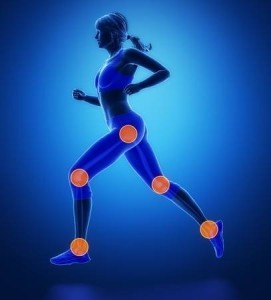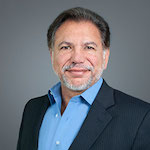Adult Stem Cell Therapy & Platelet Rich Plasma
What’s Most Important to Know about Sports Medicine?
 Sports injuries are among the most prevalent day-to-day injuries in America and many other sports-heavy countries. An entire branch of expertise called Sports Medicine has developed over the years to address the multitude of injuries faced by athletes, from cartilage wear and tear to torn muscles and bone fractures. Just about everybody knows someone who is involved in athletics, which means that sports medicine plays an important role for family and friends of athletes as well. Below are some of the most important aspects of sport medicine to understand.
Sports injuries are among the most prevalent day-to-day injuries in America and many other sports-heavy countries. An entire branch of expertise called Sports Medicine has developed over the years to address the multitude of injuries faced by athletes, from cartilage wear and tear to torn muscles and bone fractures. Just about everybody knows someone who is involved in athletics, which means that sports medicine plays an important role for family and friends of athletes as well. Below are some of the most important aspects of sport medicine to understand.
What is the Role of a Sports Medicine Expert?
Many sports medicine specialists are orthopedic surgeons who spend their career helping people improve athletic performance by properly preventing and responding to injuries. But orthopedic doctors don’t only help athletes; they also help average citizens suffering from injuries and issues involving the musculoskeletal system.
How Do Sports Injuries Occur?
Sports injuries can be considered acute or chronic. Acute injuries occur suddenly, usually due to force of impact. A strained back and pulled muscle are examples because they cause sudden pain and tenderness. Chronic sports injuries, on the other hand, build over time. The phrase “practice makes perfect” may be true, but practicing and implementing the same movements over and over again quickly wears out the parts of the body being used.
How Are Sports Injuries Treated?
There are about as many treatment options as there are sports injuries out there. The RICE technique is the most popular basic treatment, which involves rest, ice, compression, and elevation. But when that home remedy doesn’t work, an orthopedic doctor or surgeon is the best person to turn to for advice and treatment.
A host of therapies exist to tackle sports injuries, including stem cell therapy, thermotherapy, ultrasound therapy, cryotherapy, and electrostimulation. Each technique harnesses a source of energy like heat, cooling, and high-frequency sound to stimulate the body’s ability to heal itself. Stem cells, for example, are a rising aspect of sports medicine that use the body’s own cells to rebuild and repair chronic damage.
The bottom line is that sports medicine is a critical component of the greater medical community and helps athletes and weekend warriors alike maintain and regain their optimal health and fitness levels.






